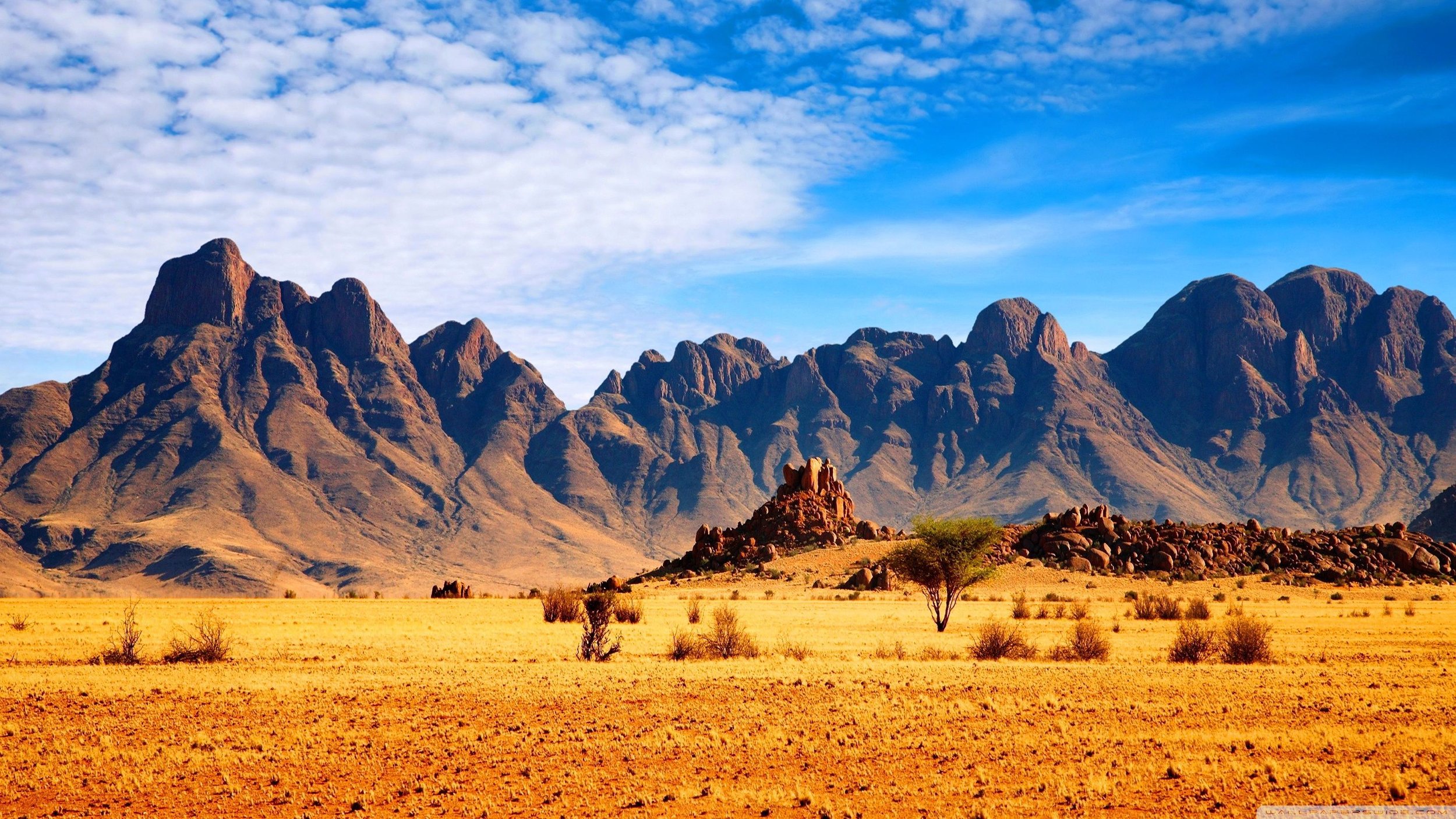
South Africa
South Africa drives on the left.
NOTE: A handful of other countries also drive on the left. See this infographic for more information.
South Africa occasionally features unique white triple centre lines with 2 solid lines on the outside and a dashed line on the inside.
You may also sometimes encounter another unique triple centre line, consisting of two white lines with one yellow line in the middle. These centre lines are usually found on larger main roads.
NOTE: The only other countries where you will find road lines like these are the other southern African countries of Botswana, Eswatini, and Lesotho.
South Africa has 11 official languages: English, Afrikaans, and various Bantu languages. English is the lingua franca and therefore appears most often on signage.
Afrikaans is a Germanic language that is closely related to Dutch. Common Afrikaans place name suffixes are -fontein, -kraal, -kop, -dorp, -nek, and -berg or -burg. While Afrikaans is most commonly spoken in the western half of the country, you will find Afrikaans place names all over South Africa, meaning that it is not useful for region-guessing.
NOTE: Afrikaans is rare to non-existent in Eswatini and Lesotho. It is also abundantly rare in Botswana, but has some limited presence in the form of place names.
The most common type of pole in South Africa features 1 to 5 horizontal bars with thin white insulators that resemble rows of birds, which is why they are referred to as “bird poles” in the community.
NOTE: South Africa has a wide variety of other poles and pole tops. Some of these are (mostly) limited to a certain region; you can learn more about them in the region guessing section.
South Africa uses green directional signs with the road number in yellow.
NOTE: Green directional signs with yellow road numbers are also used in Lesotho, Eswatini and Botswana. Here, the format of road numbers is useful:
N and R-roads are exclusive to South Africa.
A and B-roads are exclusive to Botswana and Lesotho.
MR-roads are exclusive to Eswatini.
South Africa uses white-and-red chevrons. You can find a similar chevron pattern below directional signs.
In addition, unique-looking small, thin chevrons with one arrow are common next to roads.
NOTE: The thin chevrons can also be found in the other southern African countries of Botswana, Eswatini, and Lesotho.
All Generation 4 coverage in South Africa was taken by a blue Street View car with a short antenna.
NOTE: The antenna is sometimes hidden by the blur.
Most of the R-roads with three-digit road numbers are geographically grouped. However, many roads go through multiple provinces and some, especially the 100s, are spread throughout the whole country. The map shows roughly where you can find each set of R-roads.
You can click on the image to enlarge it.
Telephone numbers are 10 digits long. The first three digits of landline numbers are the area code. The first digit is always a zero; the second and third digits give you the area. The area codes are geographically grouped, so even learning just the first digit is useful.
NOTE: Mobile phone numbers start with 06–08. These numbers are not specific to an area.
You can click on the image to enlarge it.
Image provided by dbldk.
Infrastructure
Landscape
The northeast of the country can look very dry and somewhat barren, with a lot of orange or red soil. You will often see hills or mountains covered in shrubs.
NOTE: Depending on the season, the coverage can change drastically from dry to very green.
A dry landscape with red soil is typically found in the Northern Cape.
NOTE: This map is a useful guide in guessing based on the climate of South Africa.
Sugarcane plantations are most commonly seen in KwaZulu-Natal, mostly along the coast. However, they can also be seen in Mpumalanga on the Mozambique border. For an overview, see this map.
Miscellaneous
The landscape around Kruger National Park is generally flat, with a savannah climate and dry vegetation. You will not see any agriculture and the vegetation is mostly made up of grasses, with small trees dotting the landscape. Red soil can also be seen below the grass.
In addition, this distinctive directional waystone is commonly found at many junctions.
NOTE: Within the coverage of the park, you will mostly find unpaved gravel roads or small and paved roads without road lines.
Metropolitan Routes are major roads around cities. They are designated with the letter M.
These distinct and unique M route signs are commonly found in Port Elizabeth (Gqeberha) and Durban, respectively.
The section of the R360 north of Bokspits, next to the Botswana border, has asphalt with a recognizable reddish tint. The landscape is arid and features dry greyish trees, shrubs and long golden grass. The road runs in a general north to south direction.
NOTE: Asphalt with a reddish tint can be found on other roads and the southern part of the R360. However, the landscape north of Bokspits looks predominantly like this.














































